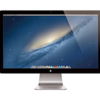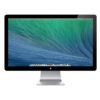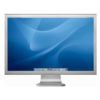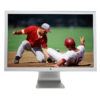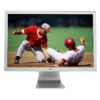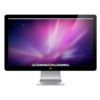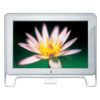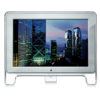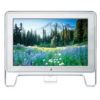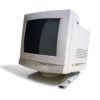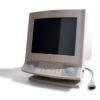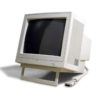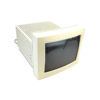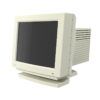Apple Display – Full information, all models and much more
Apple started manufacturing its monitors in 1980, when the Monitor III was introduced to match the Apple II and the Apple III computers. Since that four generations of CRT displays were introduced, as well as Apple LCDs which started with Apple Flat Panel display. Portable displays followed, and at the end of the 20th century external displays the first desktop flat-panel display was launched. Apple Cinema Display, whose first version appeared on the market in August 1999, marked a new era of Apple monitors. (more…)

